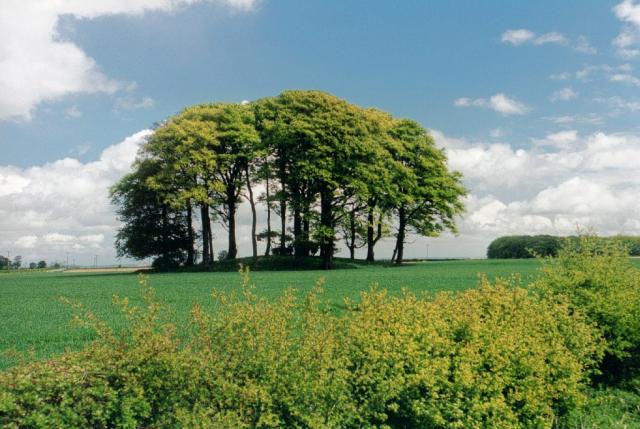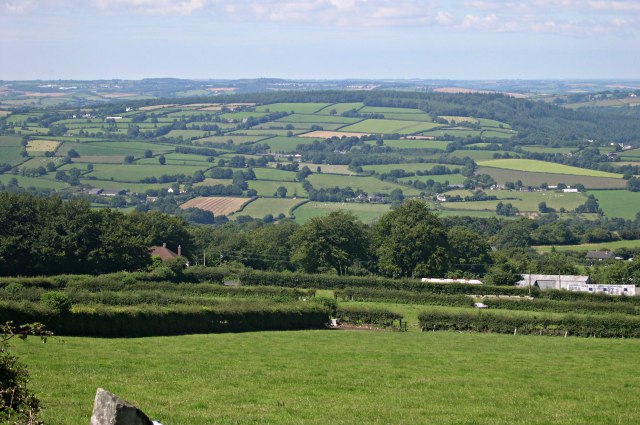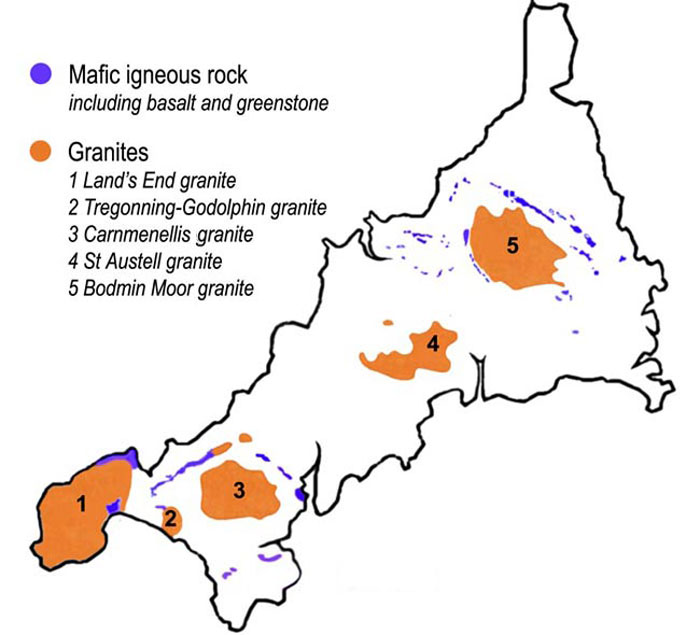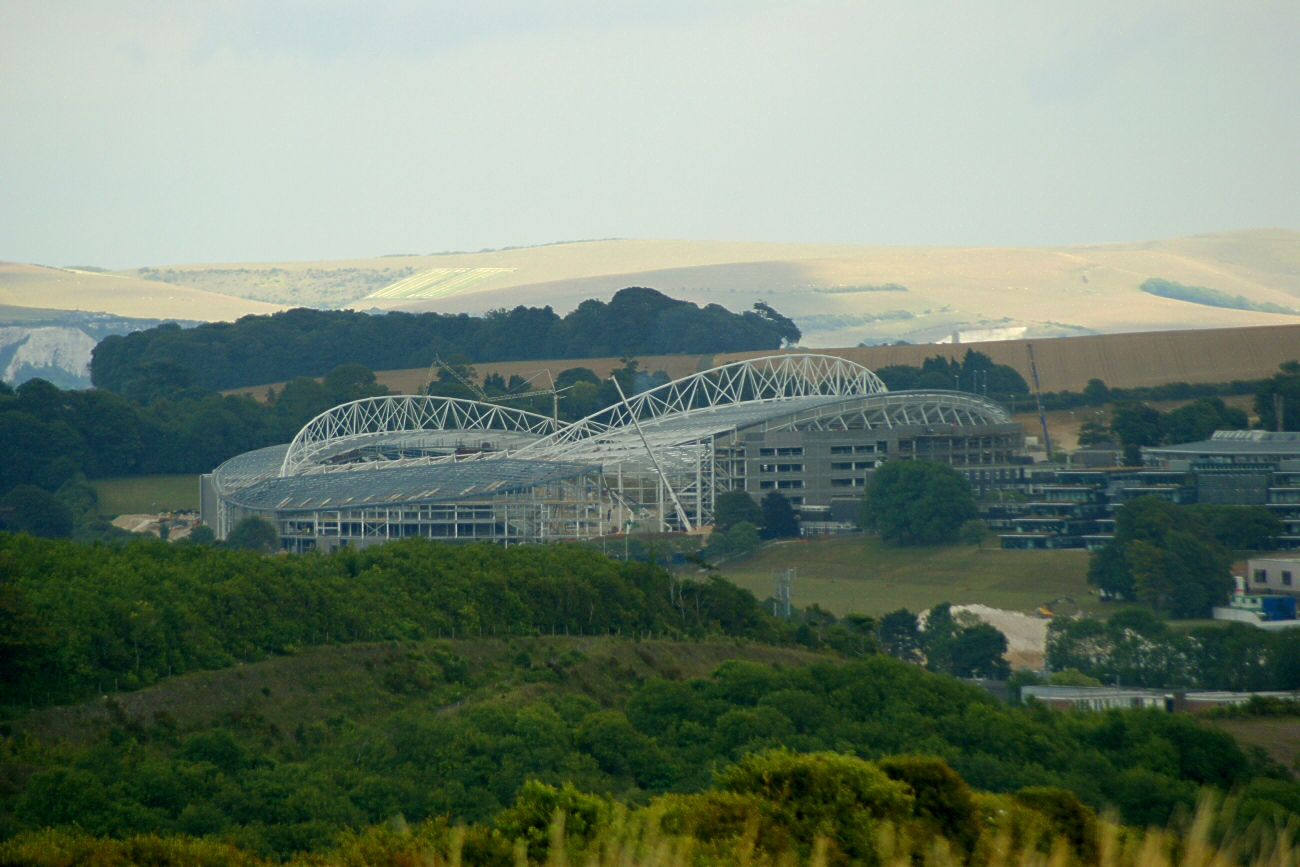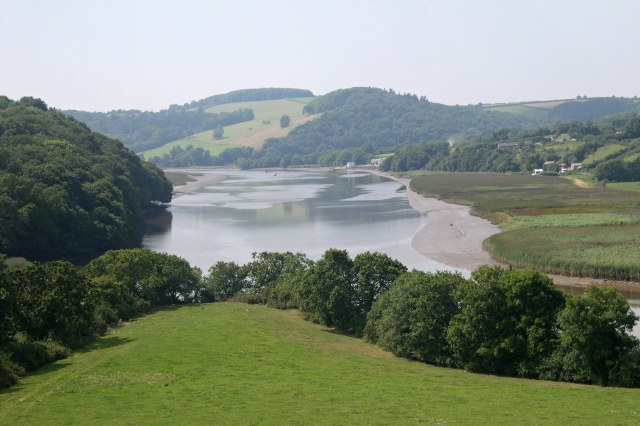|
Kit Hill
Kit Hill (), at 334 metres high, dominates the area between Callington and the River Tamar in southeast Cornwall, England, UK. The word 'Kit' comes from Old English for kite, a reference to birds of prey (and not specifically the red kite). Buzzards and sparrowhawks can still be seen on the hill. It is one of five Marilyn hills in Cornwall, the four others are Watch Croft, Brown Willy, Carnmenellis and Hensbarrow Beacon. Geography Kit Hill Country Park (which includes the hill and surrounding areas), was given to the people of Cornwall in 1985 to mark the birth of Prince William, by his father, the Duke of Cornwall ( Prince Charles). It is managed by Cornwall Council,Exploring Cornish Mines - Vol. 4. and consists of some 400 acres (152 hectares), making it the most dominant landscape feature in East Cornwall. Kit Hill is the highest point in the Tamar Valley Area of Outstanding Natural Beauty. The hill was formed in the same way as nearby Bodmin Moor by the intr ... [...More Info...] [...Related Items...] OR: [Wikipedia] [Google] [Baidu] |
Marilyn (geography)
This is a list of Marilyn hills and mountains in the United Kingdom, Ireland and surrounding islands and sea stacks. Marilyns are defined as peaks with a prominence of or more, regardless of height or any other merit (e.g. topographic isolation, as used in Munros). Thus, Marilyns can be mountains, with a height above , or relatively small hills. there were 2,010 recorded Marilyns. Definition The Marilyn classification was created by Alan Dawson in his 1992 book ''The Relative Hills of Britain''. The name Marilyn was coined by Dawson as a punning contrast to the ''Munro'' classification of Scottish mountains above , but which has no explicit prominence threshold, being homophonous with (Marilyn) '' Monroe''. The list of Marilyns was extended to Ireland by Clem Clements. Marilyn was the first of several subsequent British Isles classifications that rely solely on prominence, including the P600s, the HuMPs, and the TuMPs. Topographic prominence is more difficult to est ... [...More Info...] [...Related Items...] OR: [Wikipedia] [Google] [Baidu] |
Prince William
William, Prince of Wales (William Arthur Philip Louis; born 21 June 1982), is the heir apparent to the British throne. He is the elder son of King Charles III and Diana, Princess of Wales. William was born during the reign of his paternal grandmother, Queen Elizabeth II. He was educated at Wetherby School, Ludgrove School and Eton College. He earned a Master of Arts degree in geography at the University of St Andrews where he met his future wife, Catherine Middleton. They have three children: George, Charlotte and Louis. After university, William trained at the Royal Military Academy Sandhurst prior to serving with the Blues and Royals regiment. In 2008 he graduated from the Royal Air Force College Cranwell, joining the RAF Search and Rescue Force in early 2009. He served as a full-time pilot with the East Anglian Air Ambulance for two years, starting in July 2015. William performs official duties and engagements on behalf of the monarch. He is patron ... [...More Info...] [...Related Items...] OR: [Wikipedia] [Google] [Baidu] |
Sir John Call, 1st Baronet
Sir John Call, 1st Baronet (30 June 1731 – 1 March 1801) was an English engineer and baronet. He was born at Fenny Park, Tiverton, Devon, educated at Blundell's School and went to India at the age of 17 with Benjamin Robins, the chief engineer and captain-general of artillery in the East India Company's settlements. After the death of Robins, Call became engineer-in-chief, and eventually chief engineer with a seat on the Governor's Council. Robert Clive strongly recommended Call for the Governorship of Madras, but he had to return to England on the death of his father on 31 December 1766. He was the leader of the Nawab of Arcot's creditors and when he stood for parliament in 1784 it was as part of a wider campaign to gain approval for a repayment scheme for those creditors. On his return, he became High Sheriff of Cornwall for 1771–72 and was elected MP for Callington in 1784, a seat he held until his death. In 1784 he also became a partner in the Pybus and Son banking h ... [...More Info...] [...Related Items...] OR: [Wikipedia] [Google] [Baidu] |
Redoubt
A redoubt (historically redout) is a Fortification, fort or fort system usually consisting of an enclosed defensive emplacement outside a larger fort, usually relying on Earthworks (engineering), earthworks, although some are constructed of stone or brick. It is meant to protect soldiers outside the main defensive line and can be a permanent structure or a hastily constructed temporary fortification. The word means "a place of retreat". Redoubts were a component of the military strategies of most European empires during the colonial era, especially in the outer works of Vauban-style fortresses made popular during the 17th century, although the concept of redoubts has existed since medieval times. A redoubt differs from a redan in that the redan is open in the rear, whereas the redoubt was considered an enclosed work. Historically important redoubts English Civil War During the English Civil War, redoubts were frequently built to protect older fortifications from the more effe ... [...More Info...] [...Related Items...] OR: [Wikipedia] [Google] [Baidu] |
English Civil War
The English Civil War or Great Rebellion was a series of civil wars and political machinations between Cavaliers, Royalists and Roundhead, Parliamentarians in the Kingdom of England from 1642 to 1651. Part of the wider 1639 to 1653 Wars of the Three Kingdoms, the struggle consisted of the First English Civil War and the Second English Civil War. The Anglo-Scottish war (1650–1652), Anglo-Scottish War of 1650 to 1652 is sometimes referred to as the ''Third English Civil War.'' While the conflicts in the three kingdoms of England, Kingdom of Scotland, Scotland and Kingdom of Ireland, Ireland had similarities, each had their own specific issues and objectives. The First English Civil War was fought primarily over the correct balance of power between Parliament of England, Parliament and Charles I of England, Charles I. It ended in June 1646 with Royalist defeat and the king in custody. However, victory exposed Parliamentarian divisions over the nature of the political settlemen ... [...More Info...] [...Related Items...] OR: [Wikipedia] [Google] [Baidu] |
Dartmoor
Dartmoor is an upland area in southern Devon, South West England. The moorland and surrounding land has been protected by National Park status since 1951. Dartmoor National Park covers . The granite that forms the uplands dates from the Carboniferous Period of geological history. The landscape consists of moorland capped with many exposed granite hilltops known as tors, providing habitats for wildlife. The highest point is High Willhays, above sea level. The entire area is rich in antiquities and archaeological artefacts. Dartmoor National Park is managed by the Dartmoor National Park Authority, whose 22 members are drawn from Devon County Council, local district councils and Government. The Dartmoor Commoners' Council exists to create and enforce regulations regarding commoners' rights. Parts of Dartmoor have been used as military firing ranges for over 200 years. The public is granted extensive land access rights on Dartmoor (including restricted access to the fi ... [...More Info...] [...Related Items...] OR: [Wikipedia] [Google] [Baidu] |
Hingston Down
Hingston Down is a hill not far from Gunnislake in Cornwall, England, United Kingdom. It is the subject of an old rhyme, due to the prolific tin mining that formerly took place in the area: This Hingston Down should not be confused with the Hingston Down at , a hill spur about a mile east of the town of Moretonhampstead in the neighbouring county of Devon. History The hill is usually accepted as the place mentioned in an entry in the ''Anglo-Saxon Chronicle'' for 835 (corrected by scholars to 838) which says that Ecgberht king of the West Saxons defeated an army of Vikings and Cornish at the Battle of Hingston Down (''Hengestdūn'' = "Stallion Hill"). Geology The Hingston Down Consols mine on the hill is the type locality for the mineral Arthurite, which was discovered here. There is also a quarry on the hill, which forms the Hingston Down Quarry & Consols Site of Special Scientific Interest A Site of Special Scientific Interest (SSSI) in Great Britain, or a ... [...More Info...] [...Related Items...] OR: [Wikipedia] [Google] [Baidu] |
Sedimentary Rock
Sedimentary rocks are types of rock (geology), rock formed by the cementation (geology), cementation of sediments—i.e. particles made of minerals (geological detritus) or organic matter (biological detritus)—that have been accumulated or deposited at Earth's surface. Sedimentation is any process that causes these particles to settle in place. Geological detritus originates from weathering and erosion of existing rocks, or from the solidification of molten lava blobs erupted by volcanoes. The geological detritus is transported to the place of deposition by water, wind, ice or Mass wasting, mass movement, which are called agents of denudation. Biological detritus is formed by bodies and parts (mainly shells) of dead aquatic organisms, as well as their fecal mass, suspended in water and slowly piling up on the floor of water bodies (marine snow). Sedimentation may also occur when dissolved minerals precipitate from aqueous solution, water solution. The sedimentary rock cover of ... [...More Info...] [...Related Items...] OR: [Wikipedia] [Google] [Baidu] |
Magma
Magma () is the molten or semi-molten natural material from which all igneous rocks are formed. Magma (sometimes colloquially but incorrectly referred to as ''lava'') is found beneath the surface of the Earth, and evidence of magmatism has also been discovered on other terrestrial planets and some natural satellites. Besides molten rock, magma may also contain suspended crystals and volcanic gas, gas bubbles. Magma is produced by melting of the mantle (geology), mantle or the Crust (geology), crust in various tectonics, tectonic settings, which on Earth include subduction zones, continental rift (geology), rift zones, mid-ocean ridges and Hotspot (geology), hotspots. Mantle and crustal melts migrate upwards through the crust where they are thought to be stored in magma chambers or trans-crustal crystal mush, crystal-rich mush zones. During magma's storage in the crust, its composition may be modified by Fractional crystallization (geology), fractional crystallization, contaminati ... [...More Info...] [...Related Items...] OR: [Wikipedia] [Google] [Baidu] |
Bodmin Moor
Bodmin Moor () is a granite moorland in north-eastern Cornwall, England, United Kingdom. It is in size, and dates from the Carboniferous period of geology, geological history. It includes Brown Willy, the highest point in Cornwall, and Rough Tor, a slightly lower peak. Many of Cornwall's rivers have their sources here. It has been inhabited since at least the Neolithic era, when early farmers started clearing trees and farming the land. They left their megalithic monuments, hut circles and cairns, and the Bronze Age culture that followed left further cairns, and more stone circles and stone rows. By medieval and modern times, nearly all the forest was gone and livestock rearing predominated. The name Bodmin Moor is relatively recent. An early mention is in the ''Royal Cornwall Gazette'' of 28 November 1812. The upland area was formerly known as Fowey Moor after the River Fowey, which rises within it. Geology Bodmin Moor is one of five granite plutons in Cornwall that make up pa ... [...More Info...] [...Related Items...] OR: [Wikipedia] [Google] [Baidu] |
Area Of Outstanding Natural Beauty
An Area of Outstanding Natural Beauty (AONB; , AHNE) is one of 46 areas of countryside in England, Wales, or Northern Ireland that has been designated for conservation due to its significant landscape value. Since 2023, the areas in England and Wales have also adopted the name National Landscape (). Areas are designated in recognition of their national importance by the relevant public body: Natural England, Natural Resources Wales, and the Northern Ireland Environment Agency respectively. On 22 November 2023, following a review, the AONBs in England and Wales adopted the National Landscapes name, and are in the process of rebranding. AONBs in Northern Ireland did not rename. The name "area of outstanding natural beauty" is still the designated legal term. In place of the term AONB, Scotland uses the similar national scenic area (NSA) designation. Areas of Outstanding Natural Beauty enjoy levels of protection from development similar to those of UK national parks, but unli ... [...More Info...] [...Related Items...] OR: [Wikipedia] [Google] [Baidu] |
Tamar Valley, England
The Tamar (; ) is a river in south west England that forms most of the border between Devon (to the east) and Cornwall (to the west). A large part of the valley of the Tamar is protected as the Tamar Valley National Landscape (an Area of Outstanding Natural Beauty), and some is included in the Cornwall and West Devon Mining Landscape (a World Heritage Site) due to its historic mining activities. The Tamar's source is less than from the north Cornish coast, but it flows southward across the peninsula to the south coast. The total length of the river is . At its mouth, the Tamar flows into the Hamoaze before entering Plymouth Sound, a bay in the English Channel. Tributaries of the river include the rivers Inny, Ottery, Kensey and Lynher (or ''St Germans River'') on the Cornish side and the Deer and Tavy on the Devon side. The name Tamar (or Tamare) was mentioned by Ptolemy in the 2nd century AD in his ''Geography''. The name is said to mean "great water".Furneaux, Robert. ... [...More Info...] [...Related Items...] OR: [Wikipedia] [Google] [Baidu] |
